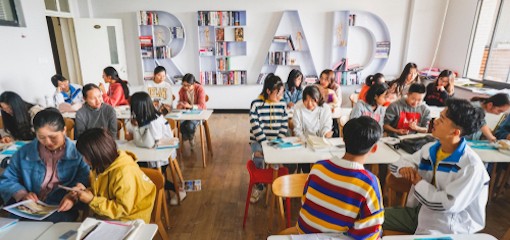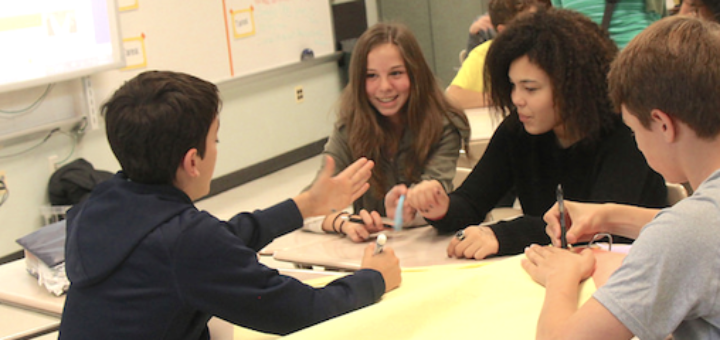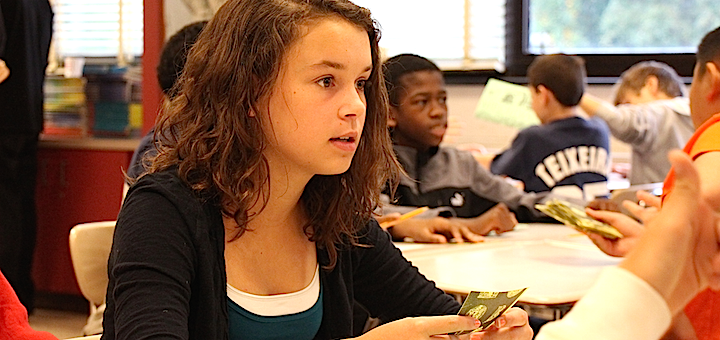Category: Differentiation
Rotation stations can help differentiate instruction as teachers prepare middle graders for an upcoming unit or topic or support re-teaching and enrichment after completing a unit of study. Dr. Laura Robb details one teacher’s strategies in an ELA classroom with 28 students.
When differentiation and rigor are intertwined the result helps all students learn at high levels. Combining the two is not more work, it’s more effective, says teaching consultant Barbara R. Blackburn. Using a content literacy lesson, she shares her three-group strategy.
Want to differentiate instruction while assuring rigor? Create a 3-D portrait of each of your students using a mix of formal and informal strategies. Teaching expert Barbara Blackburn has tips for gathering insights about background knowledge, culture, and growth mindset.
Every child wants to be successful, but school can be a tough place for vulnerable students. To pull them into the success loop requires both an understanding of their plight and a willingness to fully support them with targeted strategies, writes Suzy Pepper Rollins.
Rather than approaching differentiation as “making it easier” for some, Barbara Blackburn suggests a strategy that assures lessons will be rigorous while also giving struggling students the supports they need. Her example involves an informational reading lesson.
When students are busy learning, staying in a single group is stifling. The solution for teacher-author Amber Chandler is a “flexible classroom” where students rotate through strategic groupings to meet differentiated needs at various stages of the learning process.
In a successfully differentiated class, writes middle grades learning expert Rick Wormeli, “we often allow students to redo work and assessments for full credit.” Several stipulations and protocols make it less demanding on teachers and more helpful to students.















